When selecting solar panels, many focus on wattage and efficiency. However, the type of silicon used, particularly monocrystalline silicon, plays a pivotal role in performance, aesthetics, and longevity. Known for their sleek black appearance and high efficiency, monocrystalline panels are a top choice for both residential and commercial installations.
What Is Monocrystalline Silicon?
Monocrystalline silicon is a form of silicon where the crystal lattice is continuous and unbroken to its edges, without any grain boundaries. This uniform structure allows for better electron mobility, resulting in higher efficiency compared to other types of silicon used in solar panels.
Why Choose Monocrystalline Solar Panels?
Monocrystalline panels offer several advantages that make them a preferred option:
- High Efficiency: These panels typically have efficiency rates between 17% and 22%, making them among the most efficient solar panels available.
- Space Efficiency: Due to their higher efficiency, fewer panels are needed to produce the same amount of energy, saving valuable space.
- Longevity: Monocrystalline solar panels are renowned for their durability and long-term performance, with a degradation rate typically ranging from 0.2% to 0.5% per year.
- Aesthetic Appeal: Their uniform black color offers a sleek, modern look that blends well with various architectural styles.
Considerations Before Installation
While monocrystalline panels have many benefits, it's important to consider:
- Cost: They are generally more expensive upfront compared to polycrystalline panels due to the complex manufacturing process.
- Temperature Sensitivity: Although they perform better than polycrystalline panels in high temperatures, their efficiency can still decrease in extremely hot climates.
Is Monocrystalline Right for You?
If you're looking for high efficiency, space-saving design, and a sleek aesthetic, and are willing to invest a bit more upfront, monocrystalline solar panels are an excellent choice. They're particularly suitable for areas with limited space or where maximizing energy output is crucial.

Final Thoughts
Monocrystalline silicon solar panels combine performance and style, making them a smart investment for those seeking long-term energy solutions. By understanding their advantages and considerations, you can make an informed decision that aligns with your energy needs and aesthetic preferences.
| Feature | Monocrystalline Panels | Polycrystalline Panels |
| Silicon Structure | Single, continuous crystal structure | Multiple silicon fragments melted together |
| Efficiency | Higher efficiency, typically between 15%–23% | Lower efficiency, generally between 13%–16% |
| Cost | Higher manufacturing cost due to complex process | Lower cost owing to simpler manufacturing |
| Appearance | Uniform black hue, sleek aesthetic | Bluish hue with a speckled appearance |
| Space Efficiency | Requires less space for the same power output | Requires more space due to lower efficiency |
| Temperature Tolerance | Slightly better performance in high temperatures | Slightly more affected by heat, leading to reduced efficiency |
| Lifespan | Long lifespan with gradual efficiency degradation | Comparable lifespan with slightly faster degradation |
For more information on solar panel options and to explore our range of monocrystalline solutions, visit our solar collection.

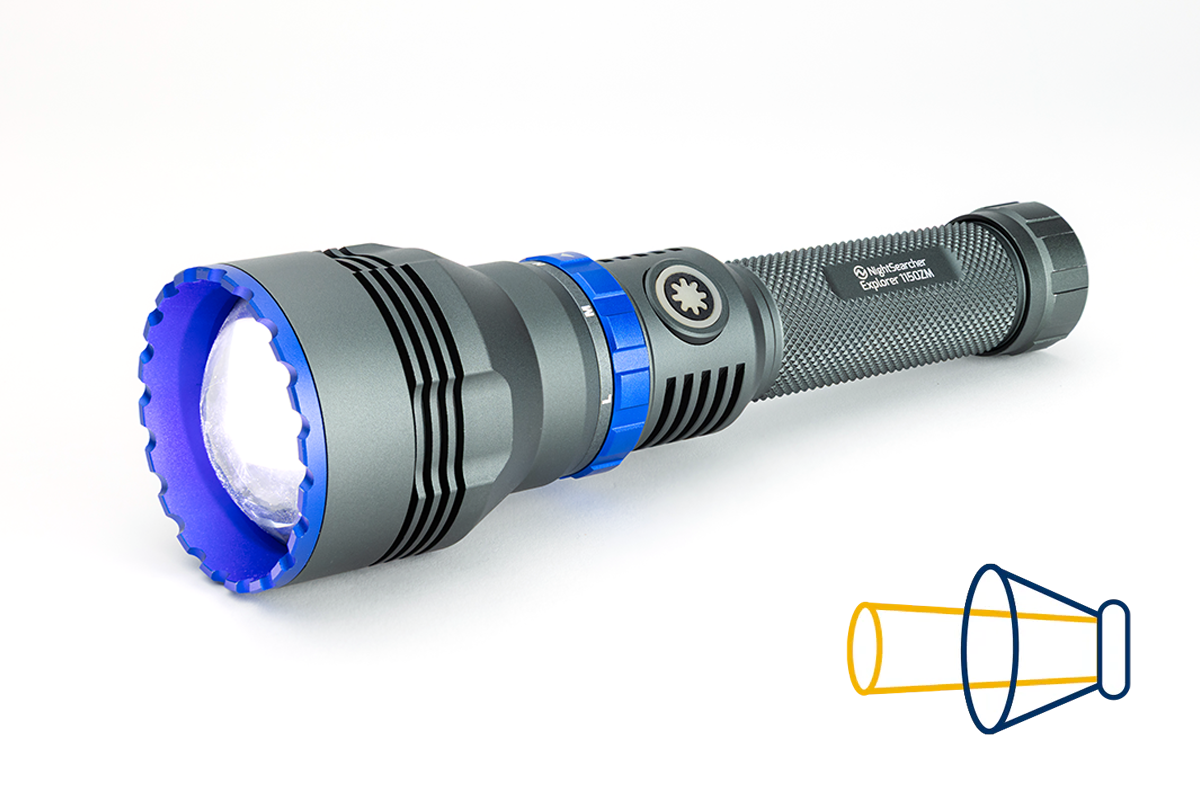

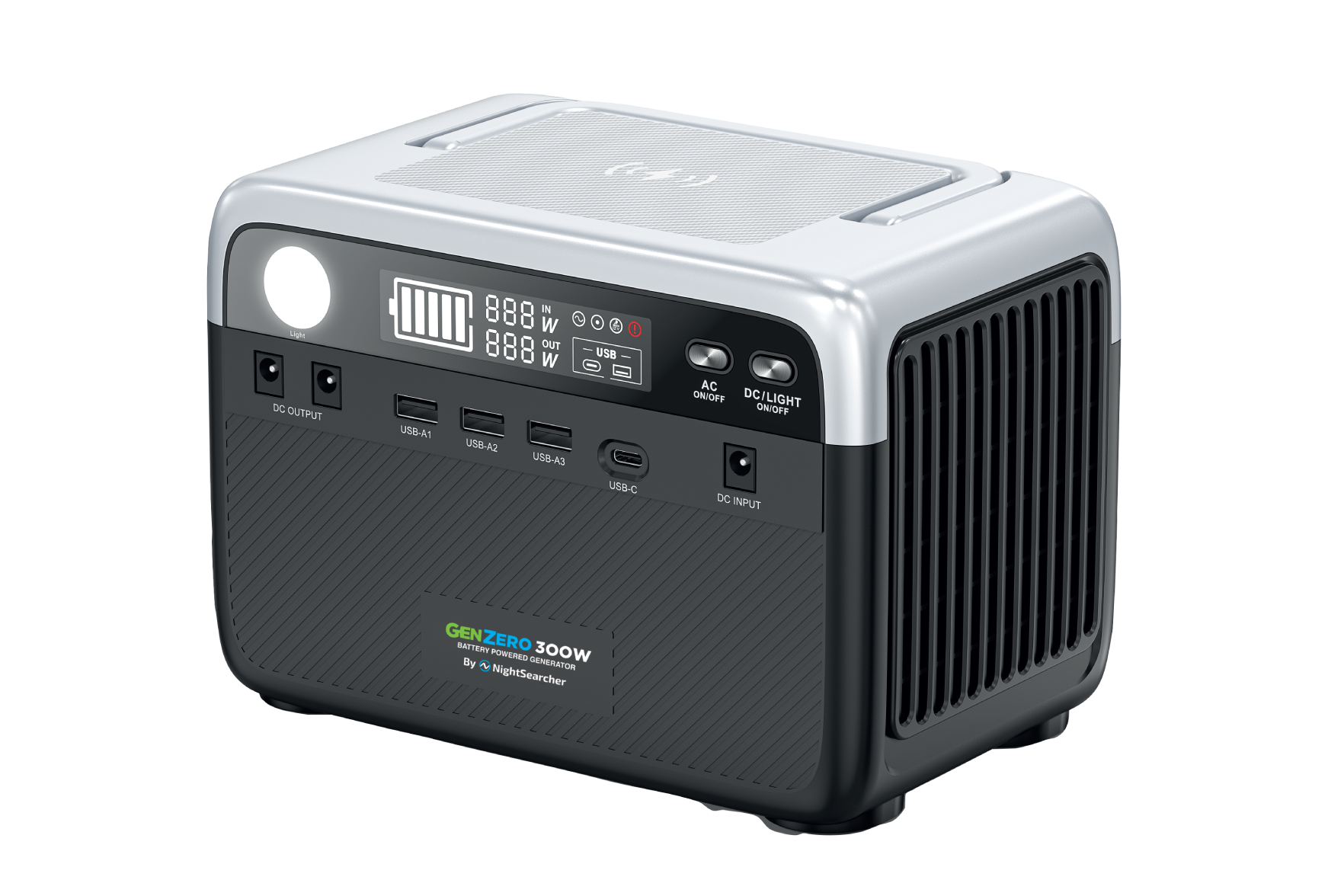
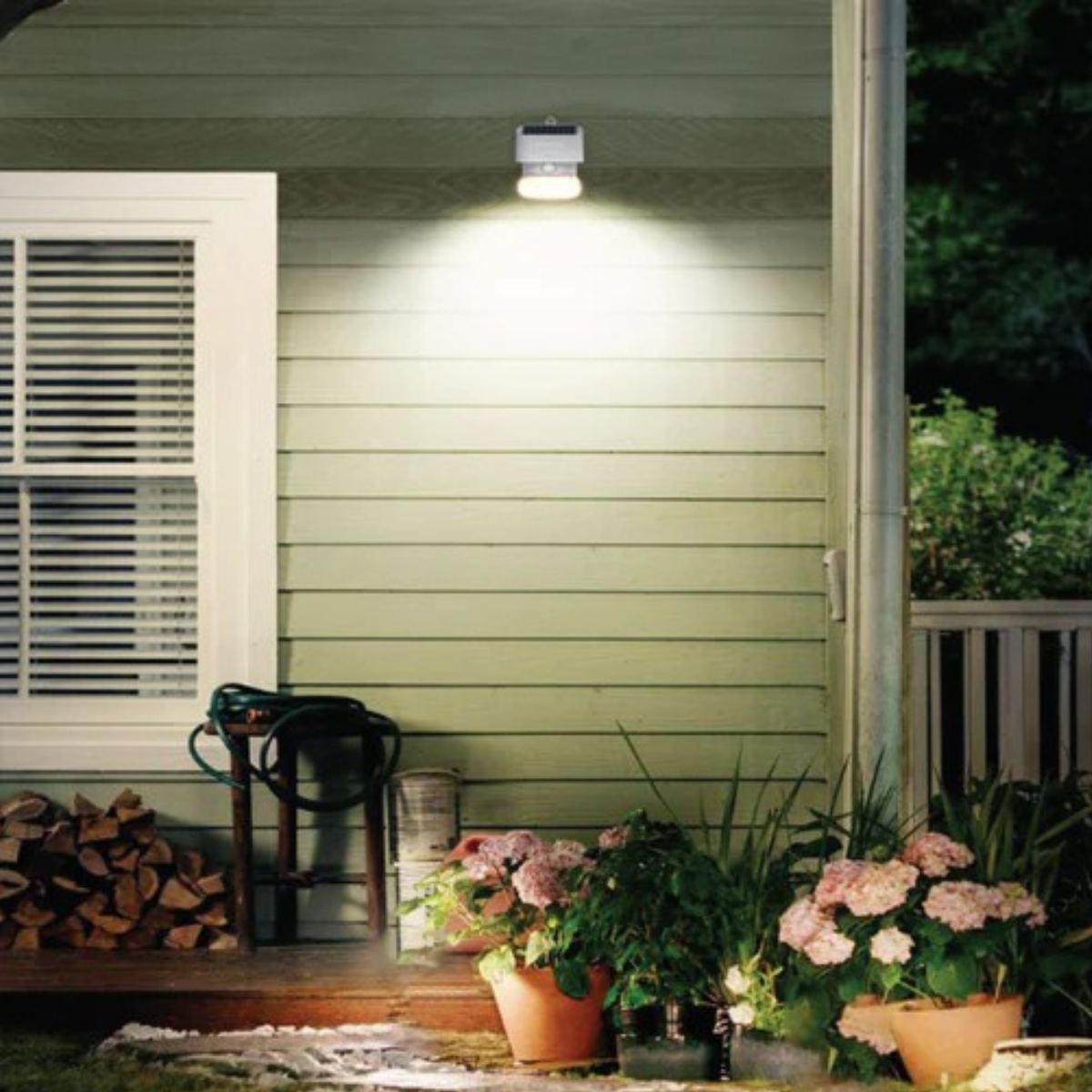
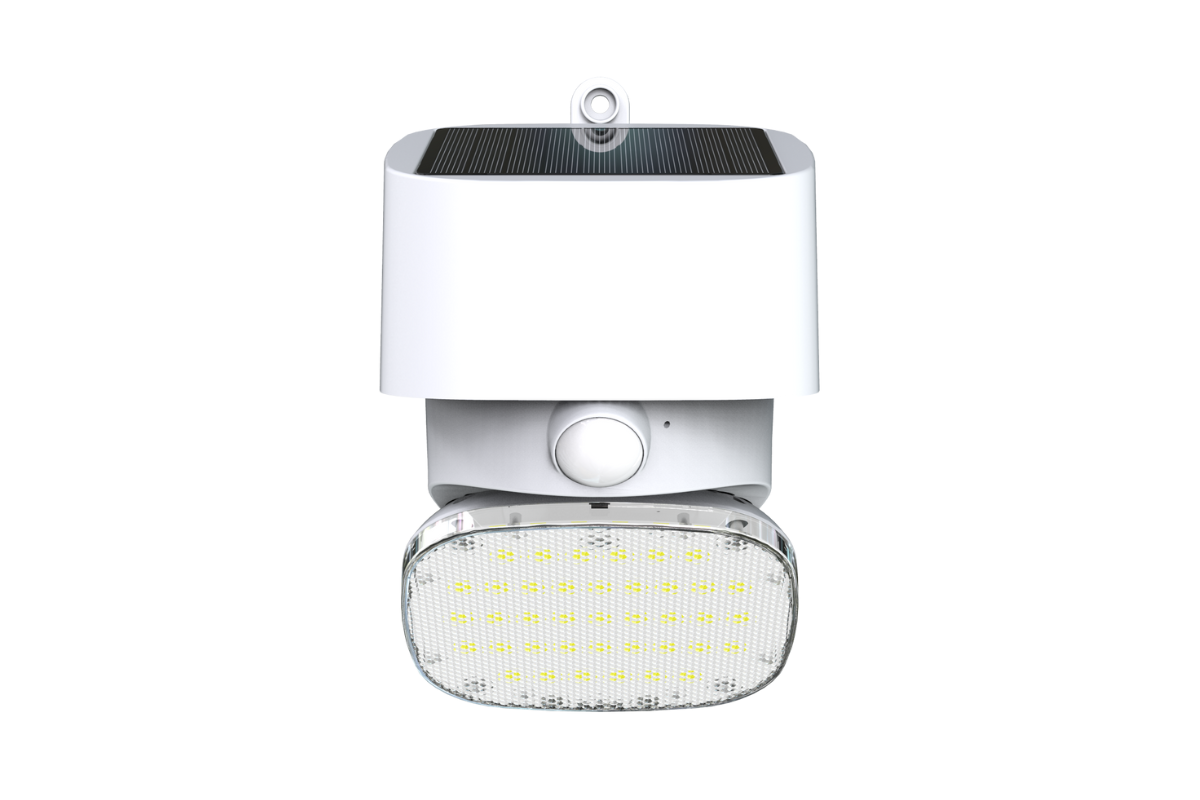

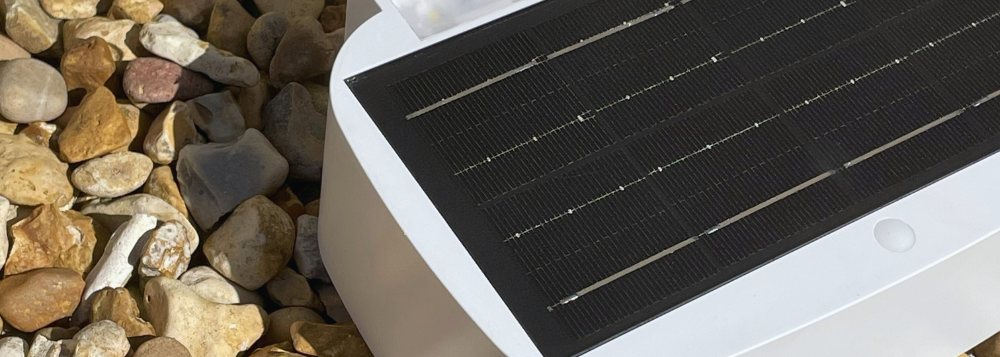
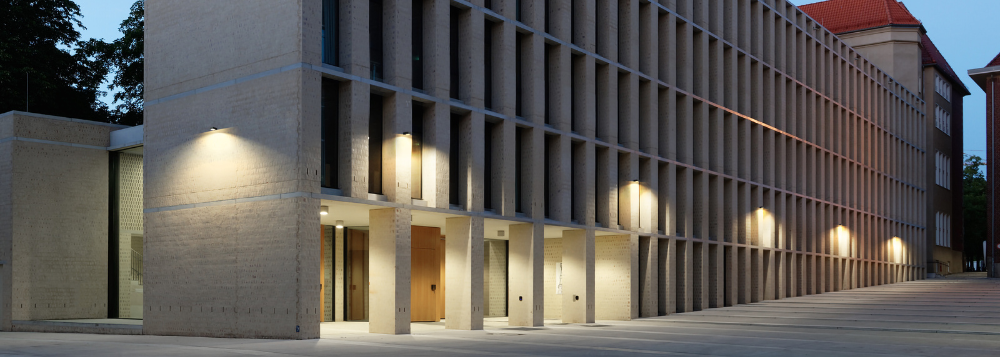

Leave a comment
This site is protected by hCaptcha and the hCaptcha Privacy Policy and Terms of Service apply.